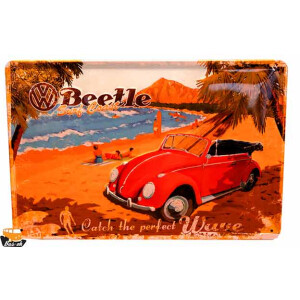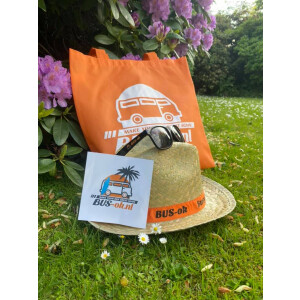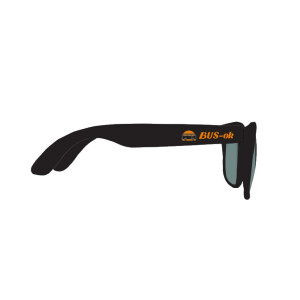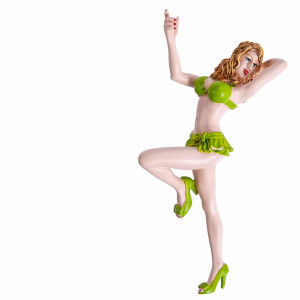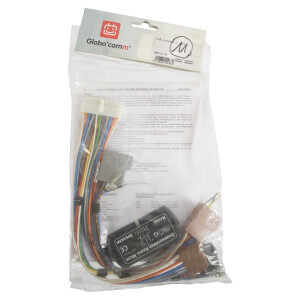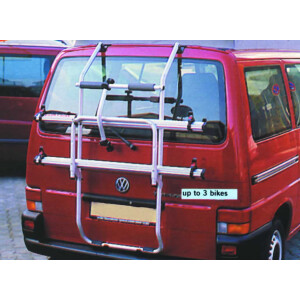T4-1992-2003
Zonder brandstof rijdt zelfs de mooiste bus niet, en menig busje...
Ook de moderne Transporter kampt nog met de aloude roestduivel....
- T4 Tailgate & Parts
- T4 Floor
- T4 Bumper
- T4 Chassis
- T4 Roof and sliding window roof
- T4 cab doors
- T4 Door handles and locks
- T4 inner and outer sill
- T4 Front Windscreenpanel
- T4 Doglegs
- T4 engine lid
- T4 Original panels
- T4 Single and double cab
- T4 Sliding door
- T4 Front Fender
- T4 Rear wheel arch
- T4 front wheel arch
- T4 side panels
BusOK biedt aan: startmotoren, accudelen, verwarming, dynamo's,...
Tal van accessoires voor aan de buitenzijde, maar ook essentiele...
Hier is onze geschenkafdeling. Alles voor een goed gevoel, veel...
Dakstof, rubbers, dakluiken. Om maar een paar delen te noemen die...
Alles voor de binnenkant van de T4. Onderverdeeld zijn o.a....
Alle kabels voor de T4: handrem, km-teller, verwarming enz.......
Aandrijfassen, schakelpook, stangen en geleiders, alles voor een...
Introduced in 1990, the T4 was the first Volkswagen van to have a front-mounted, water-cooled engine. Prompted by the success of similar moves with their passenger cars, Volkswagen had toyed with the idea of replacing their air-cooled, rear-engined T2 vans with a front-engined, water-cooled design in the late 1970s. The reasons for deciding in 1980 to instead introduce a new rear-engined T3 are unclear. Thus, the introduction of a front-engined layout was delayed until the arrival of the T4. After a run of nearly 14 years, T4 production ceased in 2003, making it second only to the T1 for length of production in its home market. Part of the success of the T4 was its versatility. It was available in many forms and sizes as standard and formed the basis of many specialist vehicles, from buses to campervans to ambulances. Wheelbase Two standard wheelbases were available; "short" (2920mm) and "long" (3320mm). Body types Van Panel Van - without any windows behind the b-pillar; single row of seats Kombi or Half-Panel - with additional windows between the b and c-pillars; 2 rows of seats Caravelle, Multivan and (in the US) EuroVan - with windows all round; 3 rows of seats Pickup Single cab - based on a SWB chassis Double cab - based on a LWB chassis (aka Doka, from the German: Doppelkabine) Razor back - with a hydraulic rear body that was produced between 1998 and 2000 in the UK Roofs Panel vans were available with two different roof heights; standard (1940mm) and high-top (2430mm). High-tops were only manufactured on the LWB chassis, although campervan conversions often have pop-top or (usually fibreglass) high-tops added to both SWB and LWB chassis. Doors Vans have either a single, roof-hinged "tailgate" or two "barn" doors at the rear and either a single (passenger side) or twin (both sides) sliding doors. Long and short-nose There was one major facelift to the T4, in 1996, when a re-shaped, longer front end was introduced. This was needed to fit the six-cylinder VR6 engine into the T4's engine bay. Initially, only Caravelles and Multivans were available with the longer nose, since these were the only models available with the VR6 engine. The commercial variants continued to be produced with the shorter nose until 2003. However, campers and other specialist vehicles produced between 1996 and 2003 may have either the short or the long nose, depending on which model was used as the base vehicle. In keeping with the Type 2's naming convention, the short and long-nose versions are also informally known as T4a and T4b, respectively. Four Wheel Drive (Syncro) The T4 was also available with a permanent 4WD system that uses a Viscous coupling unit as a centre differential to regulate the distribution of torque to the rear axle. These models are called "syncro" and were available with the 2.4D, 2.5Tdi and 2.5 petrol engines on all body types and both wheelbases. Some syncro models also have a mechanically locking rear differential. Since the rear differential precludes the placement of the spare wheel in the usual place under the body, syncro vans either store it inside the body or on an external, hinged bracket. Campervans The T4 is a very popular base for building a small to medium-sized camper and day-vans, both as self-build projects and for professional conversions. Volkswagen themselves also sold campervan versions of the T4. Outside of the US these were made by and named after their contractor, Westfalia-Werke. These Westfalia-Werke built campervans were named 'California', except in Canada where they were called simply 'Westfalia'. .[1] Winnebago Industries was the primary converter of VW T4 campers sold in the US.







